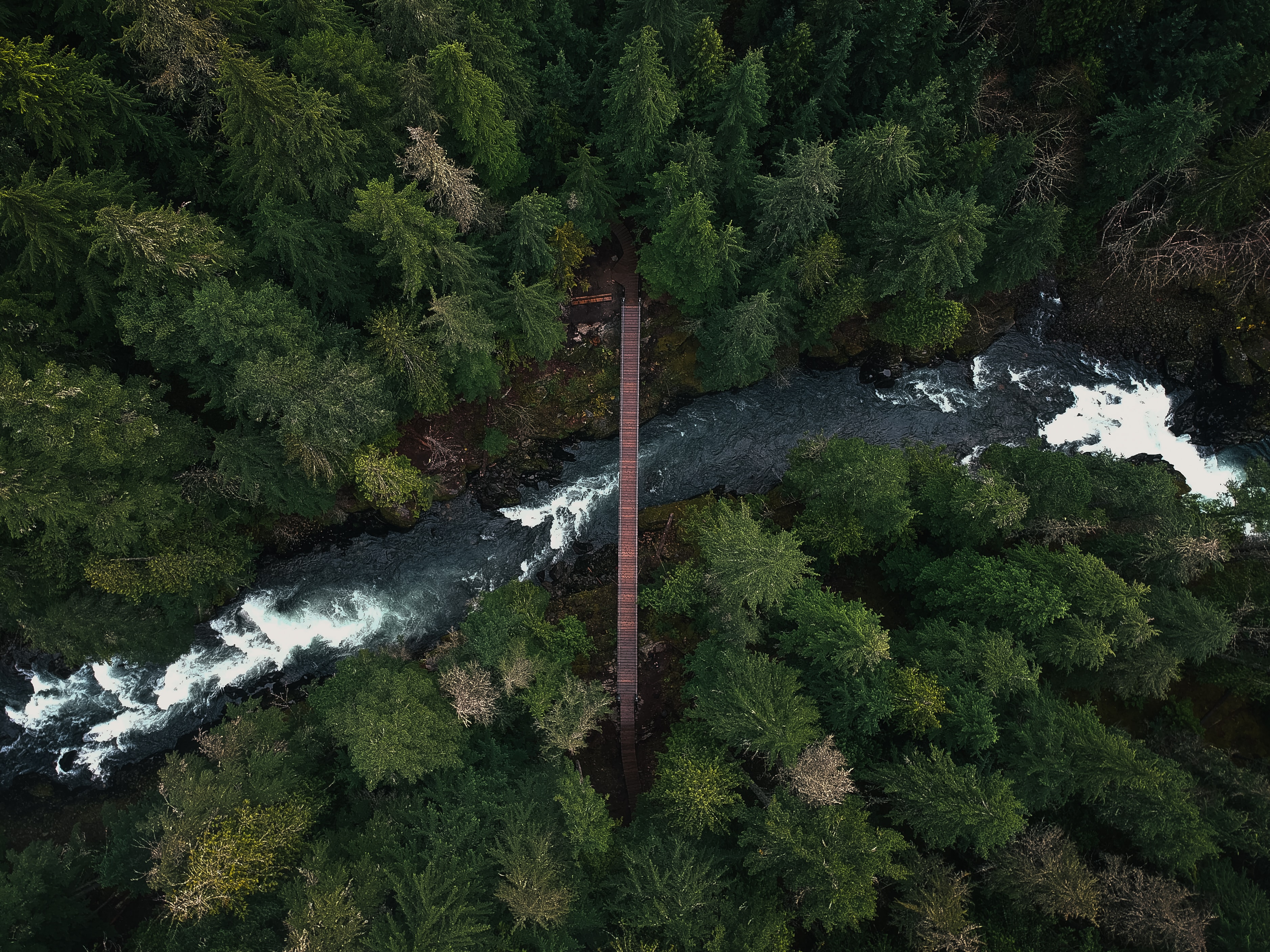The DiSC Profile, Explained: How Two Identical DiSC Styles Can be Unique








Very early this year, I had a chance to get to the Rocky Mountains for some whitewater rafting. When my daughter was very young, we rafted on the Snake River, but that experience was nothing like the rapids we forged on the Arkansas river. For our Rocky Mountain trip, we decided to step it up and hit the Level 4. “Class IV Rapids” are described as “long, difficult rapids, narrow passages, turbulent water that requires precise maneuvering and sends hearts racing.”
We had our share of challenge, stress, and fright as we were tossed and thrown through the raft. Our guide barked out commands, our fellow passengers were thrown into the river and picked up by their life jacket to be returned to the raft, cold and dripping.
But we also experienced total elation and wonder at the beauty, the connection, and the calms of the eddies.
Each emotion we felt caught us by surprise; we were unable to predict how we’d feel until we were right there in it. All throughout our trip on the Arkansas, we never knew what would happen next.
Sound like anything we are all experiencing, especially our leaders, today? Let's talk about some strategies to lead through these whitewater rapids.
One of the activities we conduct in our leadership development programs is actually called White Water Rapids. Designed by self-described “Resident Mad Scientist” Thiagi, this activity is an excellent resource for “play with purpose”. Embedded in a robust workshop, this activity hits home as participants deal with constantly changing priorities, new strategies, reduced budgets, diversity impacts, and even a global challenge. I can see how it resonates in their behavior as they experience the disruptions to “normal”, experiencing many states of change: confusion, determination, action, paralysis, anger, joy, calm, exhaustion. These are just some of the emotions and reactions we see when we’re in “white water” in our work.
So, what’s the antidote to the white water rapids we experience in work? A lot of it is getting back to basics:
The rapids of the river are relentless. Without understanding what is needed to navigate through them–the preparation, the clarity around objectives, the importance of the team, and the time to refresh and renew–we may just end up in the river.
Where we want our leaders to be, and where their team needs them, is serving as leader: helping them to ride the rapids, moving forward, recognizing the obstacles of the path, achieving small goals. We may come out a little worse for the wear, but we will also be accomplished, knowing we’re taking on one of the biggest challenges we may have had to face as a leader.






We're excited to partner with you to empower your leaders. Let us
know how we can be of service!